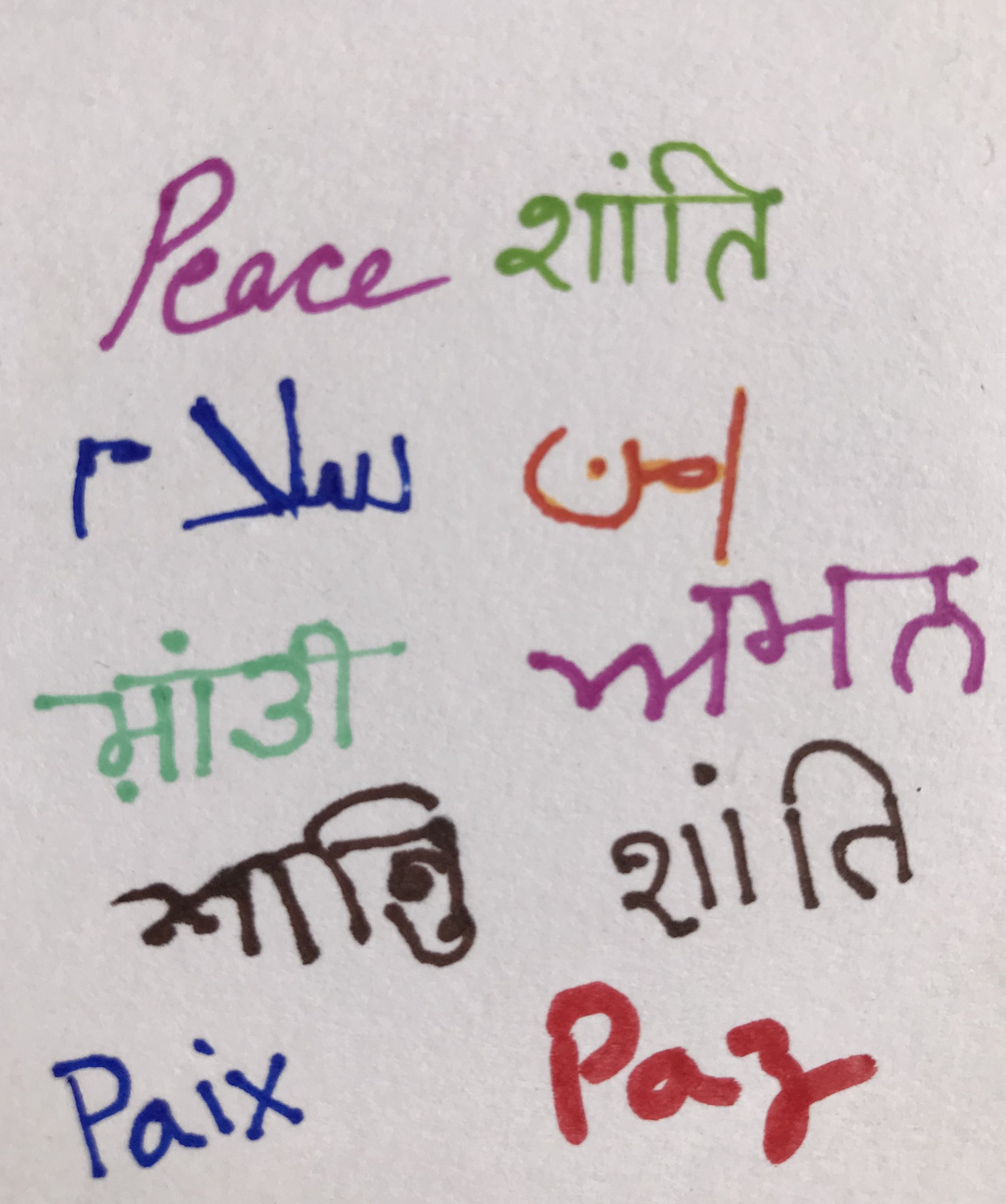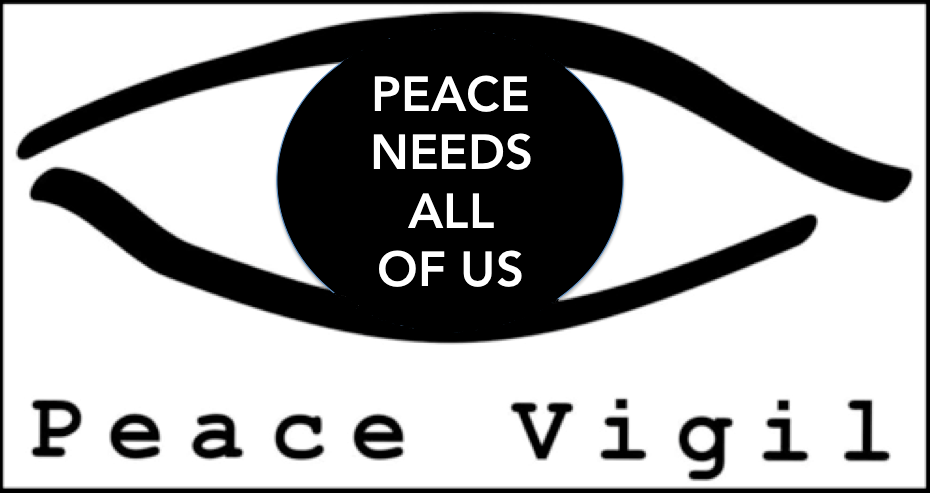Bishop of Rome
Years ago, I was cutting across the courtyard of my school – a privilege given to prefects so that they could do their duties quickly rather than walk around the courtyard which was big and crowded – and saw a small photograph lying on the brick floor. It was upside down and said 1983 on the back. I turned it around as I picked it up. It was an autographed portrait photograph of Pope John Paul II (later canonized Saint). He was dressed in papal finery and his name was printed on the top and it also had his signature – of course it was a copy, but very well printed. I did not know who it belonged to but my guess was that it was a Catholic teacher as teachers too cut across the courtyard with their many books and registers in their hands.
As I was in a hurry, I put the photograph in my pocket and ran ahead to finish my work. But I kept thinking of the photo. I had little knowledge of popes and our school, which was run by the Church of North India which is Protestant, had no photos of the pope and nor was he mentioned any time. Just as general knowledge however, I did know that the pope was the spiritual leader of the Catholic community and at that time (in the early 90s), the pope was Pope John Paul II.
Shirin’s School
At the end of the school day, I went to the “lost and found” in-charge and handed her the photograph telling her where I found it. On my bus ride back home, the picture stayed in my head and I just wanted to know what a pope does. I asked a Christian girl on the bus if she could tell me. She seemed a little surprised with the question and said that her family were not Catholic but that the pope is the most significant person in the Catholic community. She said that what he says is followed by Catholics. I did not learn much from her so I decided to do my own research. My plan was to go to the school library the next day and borrow a book on Catholicism or world religions and see what I could find.
To be honest, I was rather intrigued by the grand attire of the pope and the general feeling that he was larger than life. I wondered if he was like a present day king or ceremonial head or was he actually very powerful. What did it mean that people did what he said?
The next day, I got a message from one of the didis that kept our school neat and clean, that a teacher wanted to see me in the staff room at break time. I was disappointed as that is the time I had kept for the library but one couldn’t ignore a teacher’s call! The teacher greeted me with a big smile and said thank you for handing in the photo which she said was from a family member’s trip to Rome and was precious to her. She had no idea that it had slipped off and only realized when the lost property in-charge teacher had come up to her in the morning guessing that it was hers. (Despite being a Christian school, the faculty was not majority Christian and within that, very few Catholic teachers, so perhaps it was an easy guess.)
I said I was happy that it made it back to her. I also took the opportunity to ask if she could tell me more about popes. She was amused and a bit taken aback! We never discussed religion as such in school and contrary to claims about conversion in Christian schools, in my 14 years in a Christian school, I was never given lessons on Christianity or encouraged to convert. We did say Christian prayers, sing hymns and carols and verses from the Bible were read in the assembly but that is all. In general too, no religious education of any religion or promotion of any religious philosophy was undertaken by the school. There were Christian symbols on campus, mostly the cross and occasional quotes from the Bible but we were never told to do any Christian rituals or study the Bible or discuss what it says.
The teacher was therefore surprised that I was asking about something religion-related. She told me what I already knew – he was the leader of Catholics – and that if I wanted, she was sure, I could find a book or article that explained more. She thanked me again and that was that.
I did not find much in the library when I looked in the next few days. There was no google then and not even internet! It was much more difficult to research topics. The only information I got was a repeat of what I already knew and a bit of history - how old is the system of papacy. I lost interest. My interest was renewed when I was doing my Master’s in Women’s Studies. In understanding the official positions of various religions on women’s rights, the pope’s statements were integral.
As I developed into a peace educator, my interest in the office and history of papacy grew. I also got the opportunity to work with Catholic priests and nuns of different Catholic denominations – mostly in India. But fact be told, I never heard anyone really talk of the pope or discuss statements and views of the pope with me, even in the most intense discussions on various topics. Perhaps its because the pope was an entirely Catholic entity and only related to spiritual matters. What use would it be to discuss his views with outsiders.
This was in the time of Pope John Paul II and Pope Benedict XVI. Then came 2013 and a new pope who really made me take notice of the papacy. Pope Francis was vocal and forthright about the issues that I work on, and he continues to be after more than a decade.
What is it that can make us feel we understand a prominent person from another religion or tribe or country or region? Or feel that we are understood by them? Or realize that we have very fundamental common values.
It is one thing to be influenced by the teachings of Jesus or Mohammad or other religious icons and something entirely different to experience affinity with a contemporary religious leader of others.
His messages have appealed to me. I will reproduce the opening lines of his Easter message from a few days ago:
Today throughout the world there resounds the message proclaimed 2,000 years ago from Jerusalem: “Jesus of Nazareth, who was crucified, has been raised!” (Mk 16:6).
The Church relives the amazement of the women who went to the tomb at dawn on the first day of the week. The tomb of Jesus had been sealed with a great stone. Today too, great stones, heavy stones, block the hopes of humanity: the stone of war, the stone of humanitarian crises, the stone of human rights violations, the stone of human trafficking, and other stones as well. Like the women disciples of Jesus, we ask one another: “Who will roll away the stone for us from the entrance to the tomb?” (cf. Mk 16:3).
We don’t have to be Catholic or even Christian to appreciate these words. Good religious leaders appeal not just to their own dogma but to universal principles. When one studies the institution of the papacy, one comes across some astonishing things – there was a time when a rich person could “buy” their way into heaven, according to the then pope. The current pope calls poverty a scandal, asks that there be just wage, access to healthcare and end of exploitation of the poor and holds responsible the Western world for causing the most damage to the planet.
We live in a much more connected world than we knew even a hundred years ago. Unfortunately, this world is also much more troubled, violent and unjust than we have ever known. Contemporary popes, like the Dalai Lama, the Aga Khan or any religious leader, will be judged largely on their ability to transcend their own religious tradition and speak to the connection between religion and universal human values which can heal the world we all share.
For me, the curiosity about popes was raised by a photo I found. It had little to no meaning for me. But I sometimes wonder if it had been a photo of Pope Francis and I was a new teenager of today, what would my reaction be? I would surely have heard of his views. If not, I would have googled and found out that he makes a lot of sense for the whole world – not just Catholics.
May the current and future generations be curious about other religions and their leaders by their positions challenging the practices and establishments that are causing misery to the vast majority. May their positions inspire actions that make the world better.
In hope and peace,
Shirin





